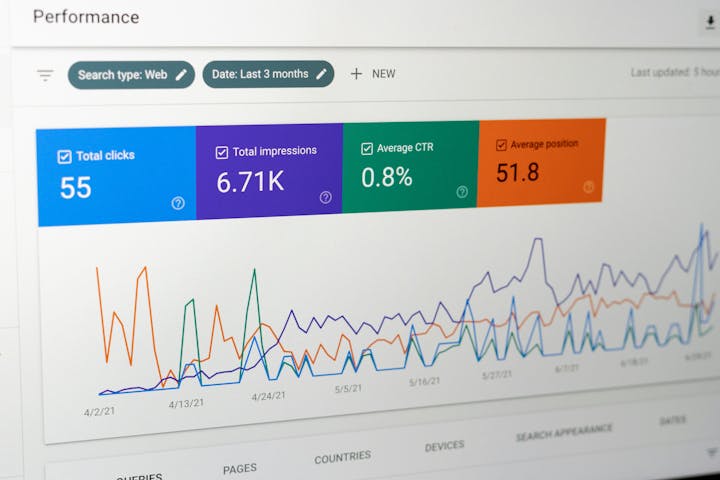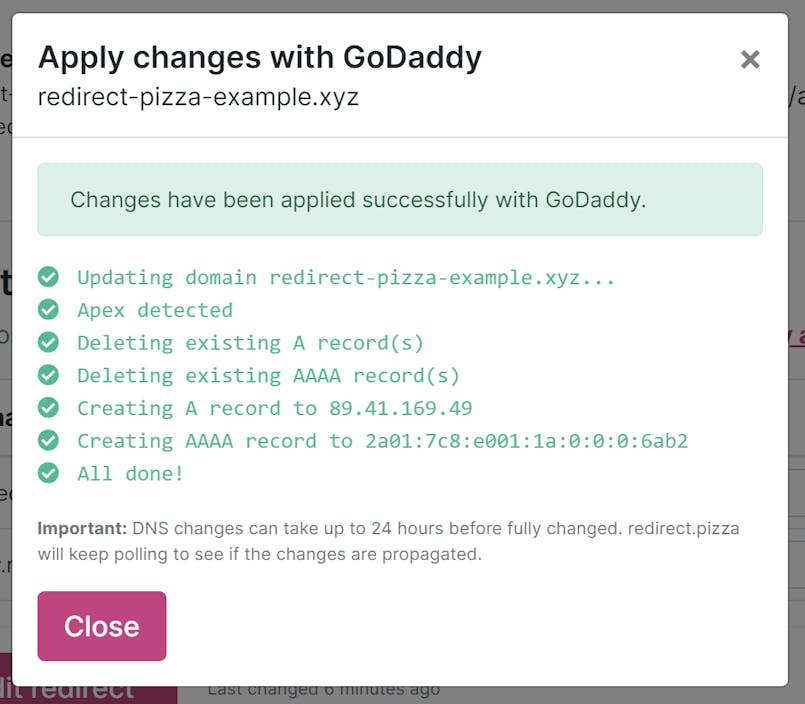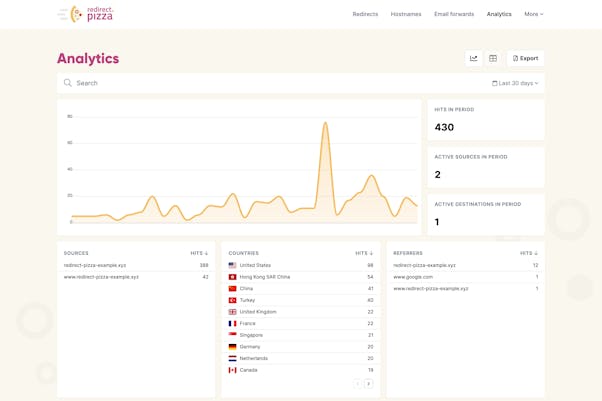Changing domain names means you’ll need to migrate your entire website to another domain. A domain migration can be a huge operation. You’ll need to go through every little piece of content on your website and make sure it will end up in the right place on your new domain. And there is a lot at stake. If you fail to do it properly, you risk major loss of traffic.
 Fortunately, with the right tools, you can save yourself from a lot of trouble. In this blog, we’ll first go over the basics of domain migration, and then discuss the best tools to use when changing domains.
Fortunately, with the right tools, you can save yourself from a lot of trouble. In this blog, we’ll first go over the basics of domain migration, and then discuss the best tools to use when changing domains.
In this article, you'll find:
- Best practices for domain migrations
- Best tools to help you with domain migrations
- How to redirect a domain using redirect.pizza
What is a domain migration?
With a domain migration, you’re giving your website a new address online. It involves moving your website to a different domain name. During this process, all your website's content, such as articles and pictures, will be transferred to the new address. It's crucial to do this carefully to ensure that no important information is lost and to maintain security.
What is the difference between a domain migration and a website migration
Migrating domains means changing your domain name, which automatically means that all the content of your website needs to be moved to the new domain. Website migration is more than that. It also means that you’ll be making changes in your CMS, moving from one server to another. Often this also means you’ll make other big changes. Changes in the website’s tech, for instance. Or changes in structure, design, name, or location.
Best practices for domain migrations
If you want your domain migration to go smoothly, there are some best practices to follow. We’ll shortly dive into some of them here.





